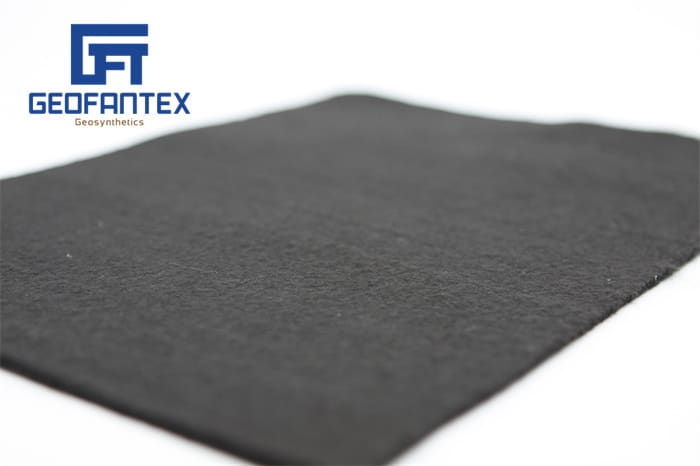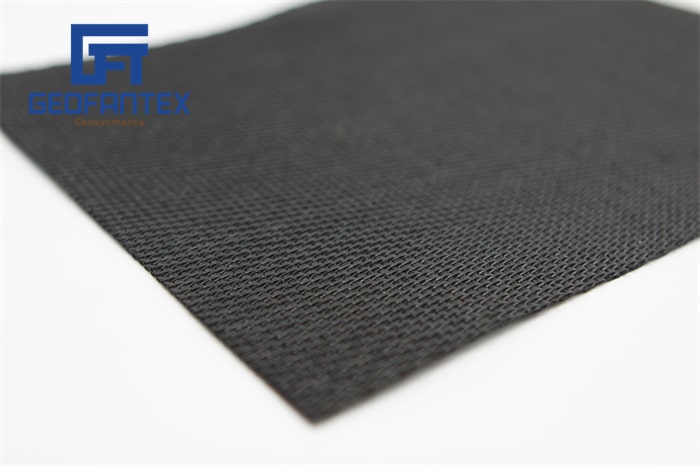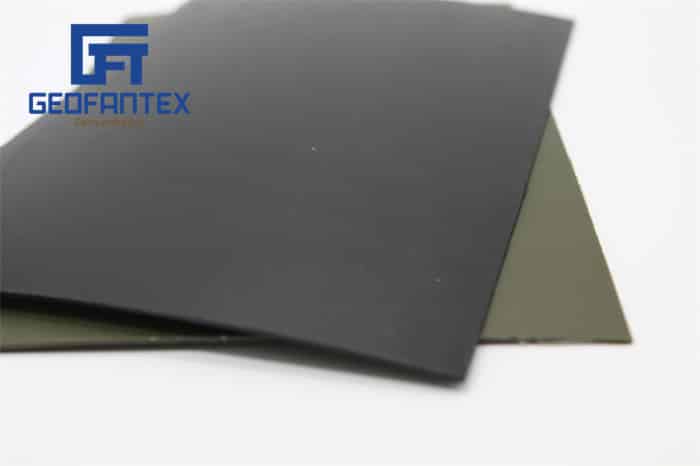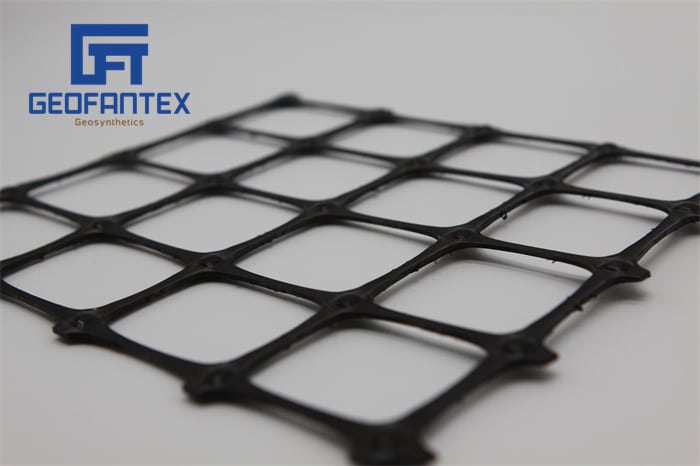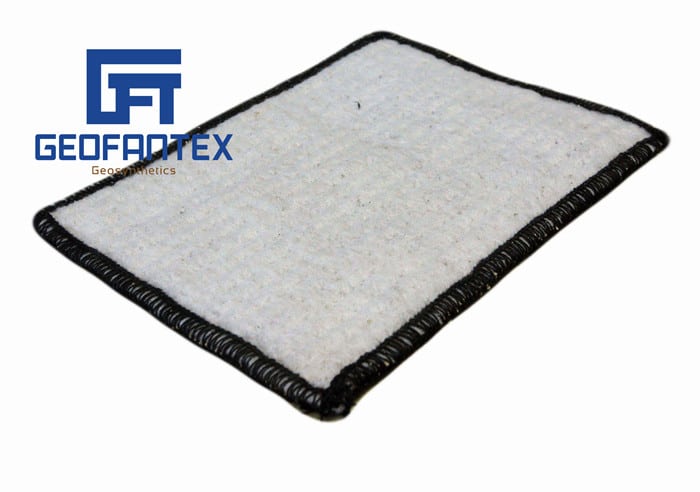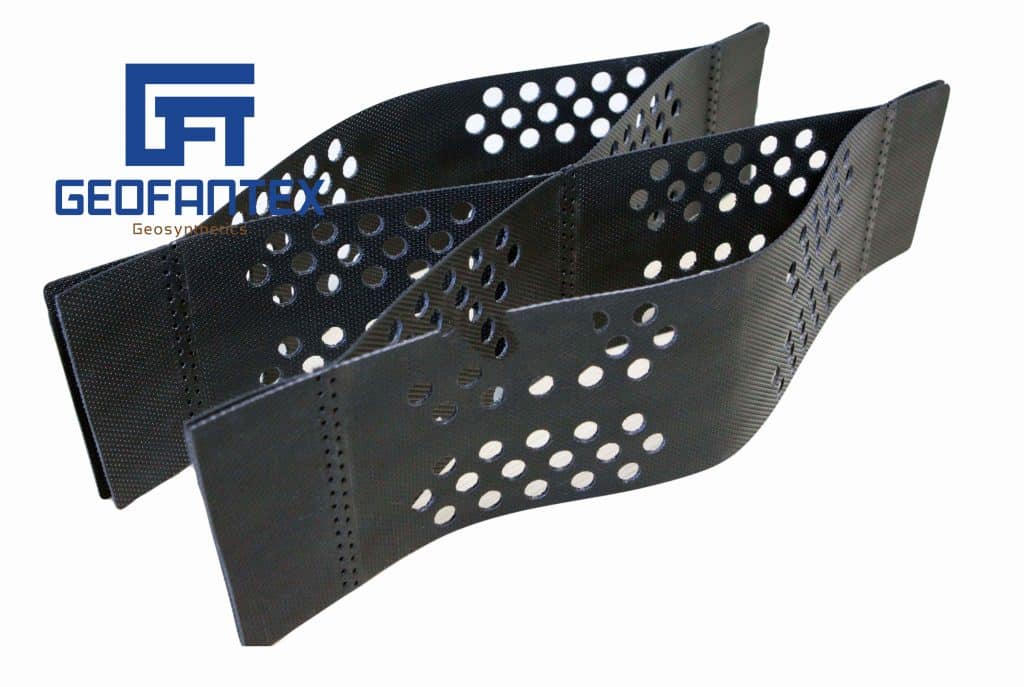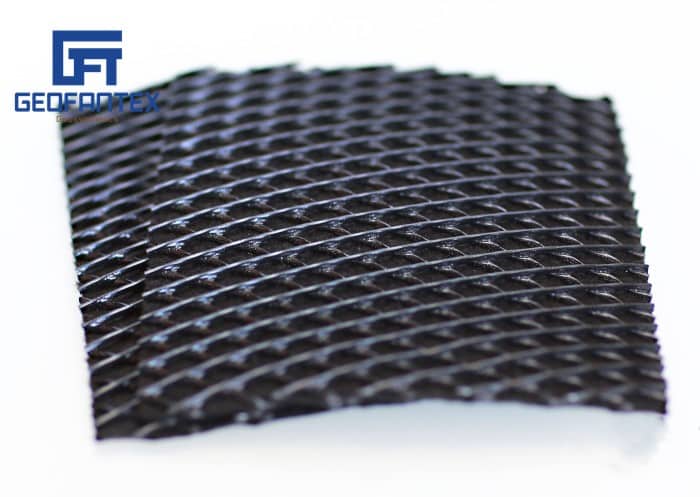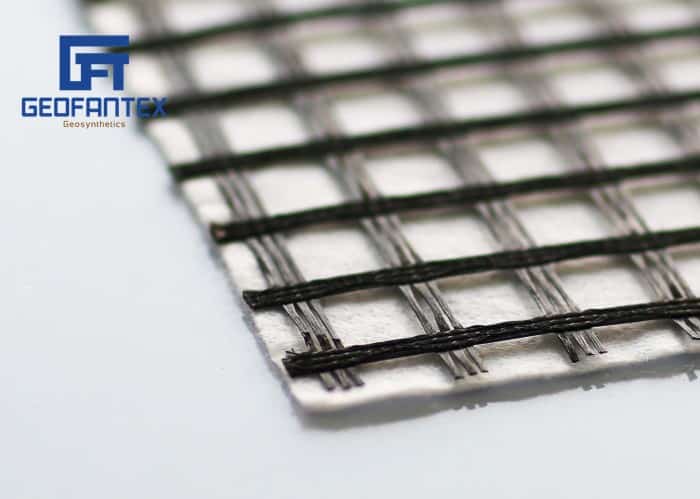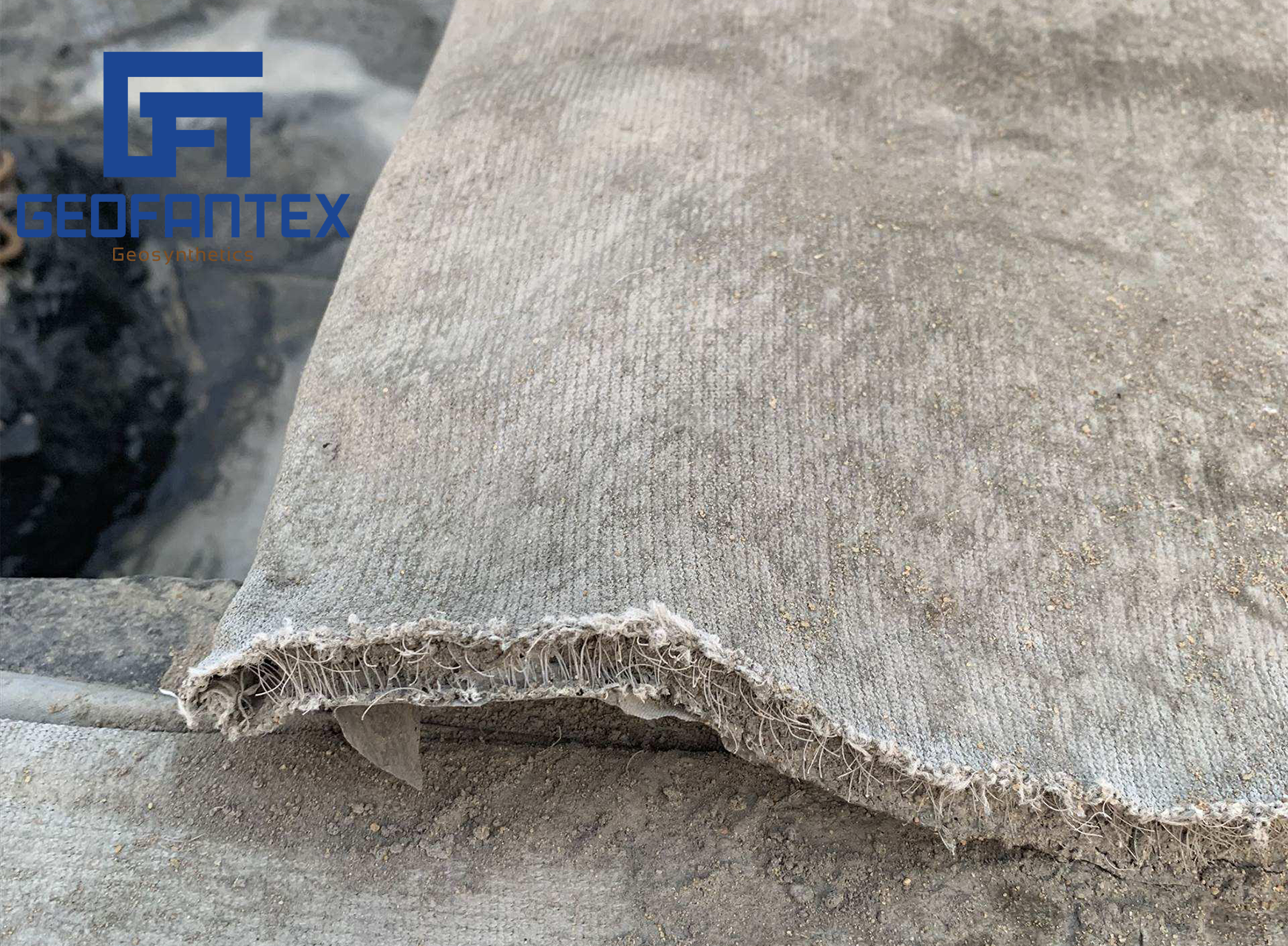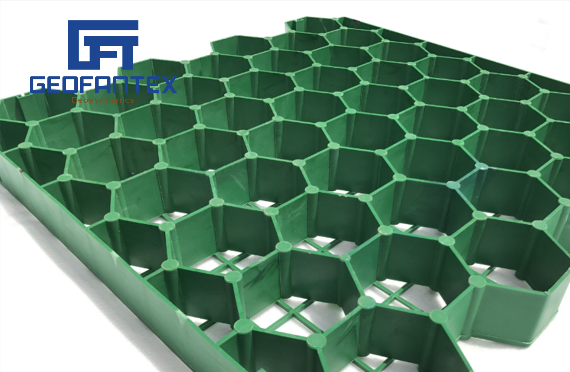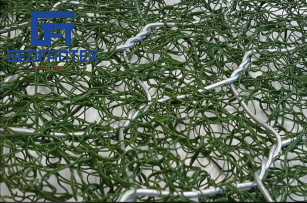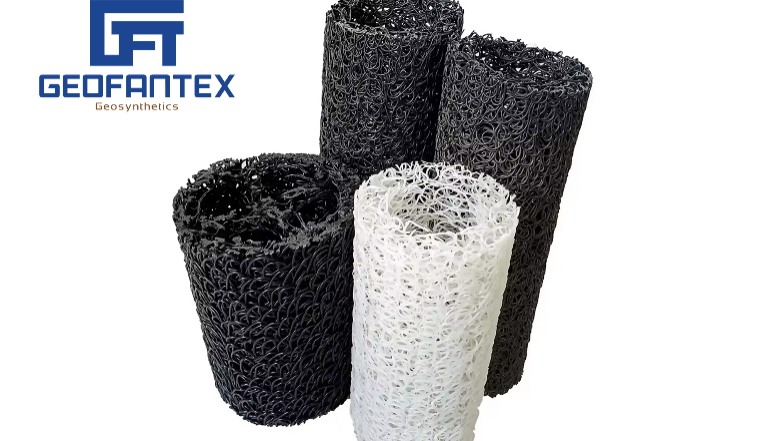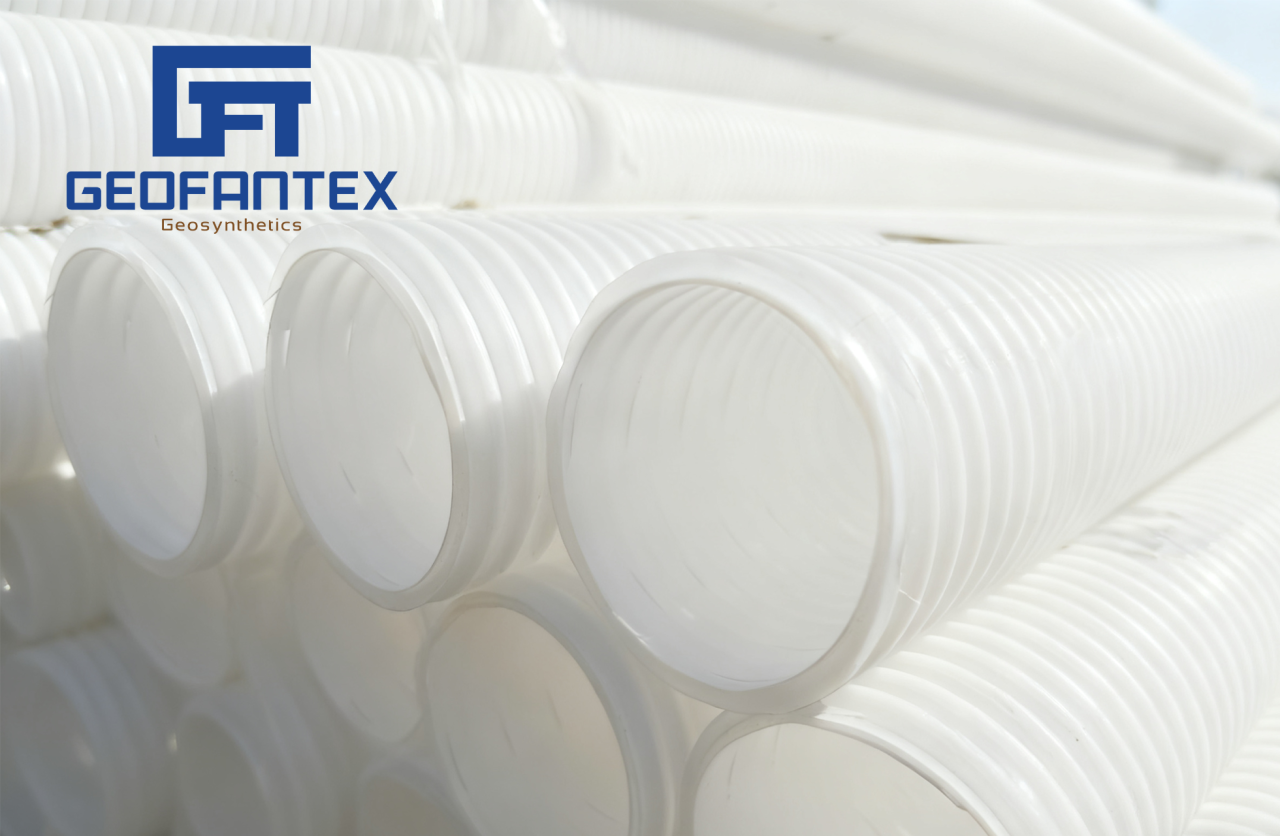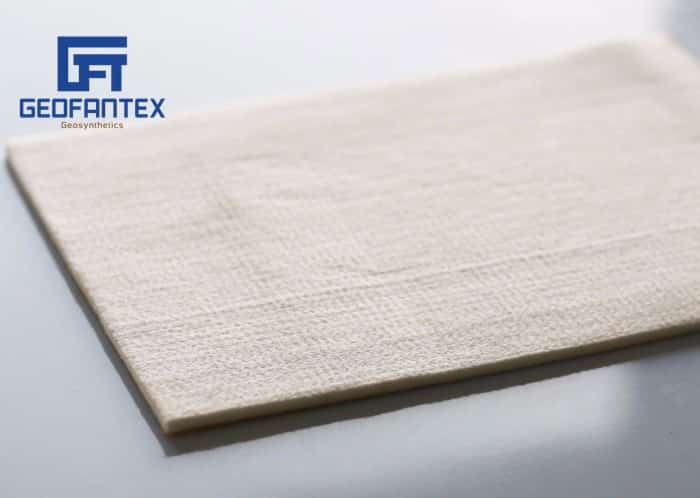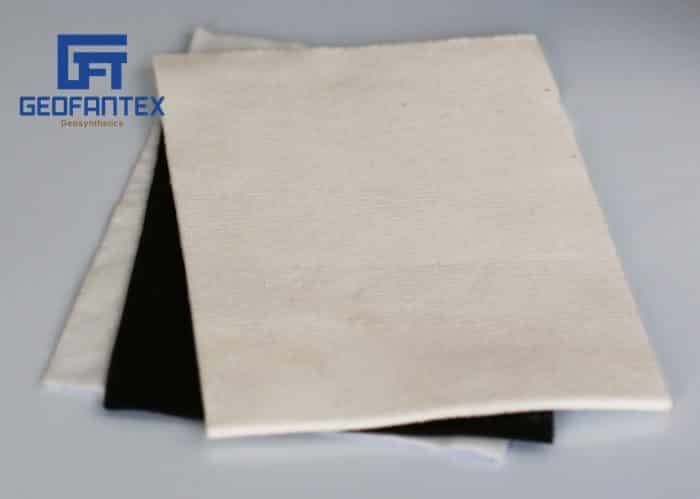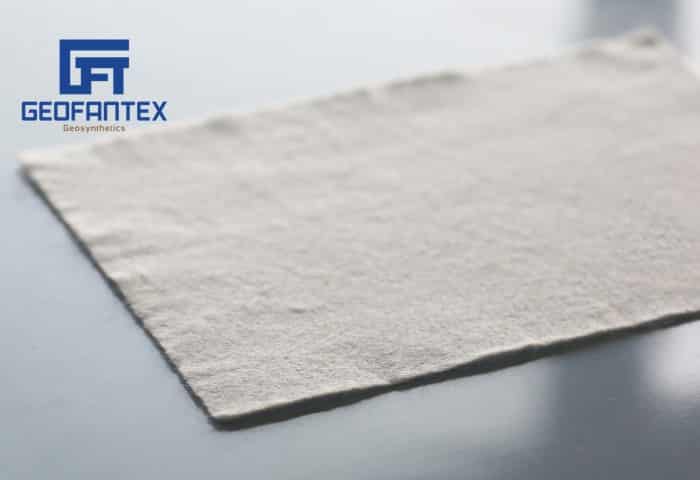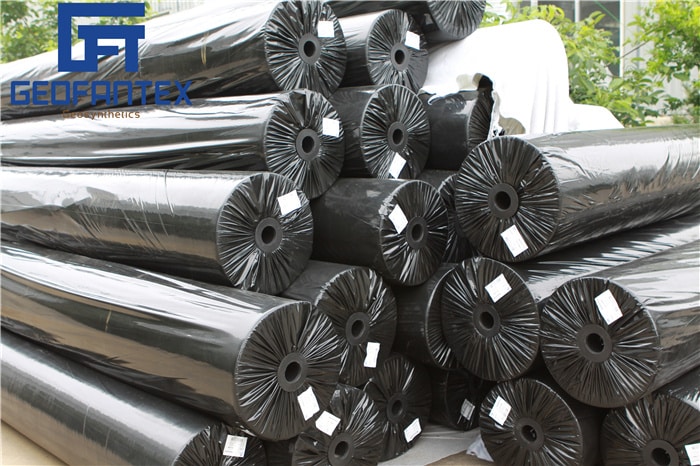+86-159 9860 6917
info@geofantex.com
geofantex@gmail.com
+86-400-8266163-44899
When constructing a durable and attractive patio, the choice of base material is crucial. Triaxial geogrid black polypropylene has emerged as a leading option for those seeking a reliable patio paver base. This article explores the essential aspects of using triaxial geogrid black polypropylene as a patio paver base, discussing its benefits, installation requirements, and addressing common questions about patio paver bases.
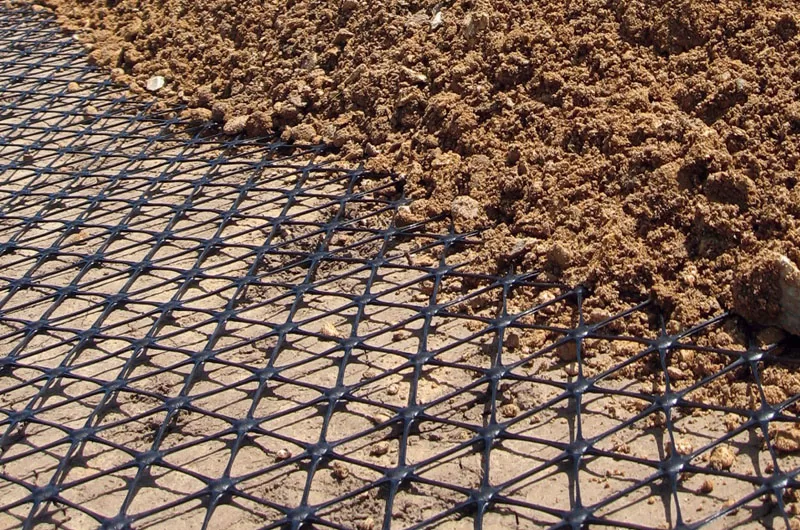
What is the best base for patio pavers?
When it comes to building a durable and stable patio, the foundation is just as important as the pavers themselves. The most reliable base material for patio pavers is crushed stone or gravel. Here’s why this choice is ideal:
- Excellent Drainage: The granular structure of crushed stone allows water to pass through easily, preventing puddles, erosion, and shifting pavers.
- Strong Compaction and Stability: Angular stones interlock when compacted, creating a firm and stable base that can support foot traffic, furniture, and even light vehicles without settling.
- Durability: Crushed stone withstands freeze-thaw cycles and other weather conditions without breaking down, keeping your patio level and intact over time.
- Flexible Layering: The material can be layered in varying thicknesses to suit soil conditions and traffic loads, providing a customized, long-lasting foundation.
- Practical Example: Driveway construction often uses a layered approach, starting with larger stones at the bottom and finer gravel on top. This method creates a solid, stable base that resists sinking and shifting, ensuring years of reliable performance.
Is a Geogrid necessary for pavers?
A geogrid plays a significant role in the installation of pavers by enhancing stability, durability, and longevity. Here’s how:
- Stability: Geogrids provide structural support, helping distribute loads evenly across the surface, which is crucial in preventing localized sinking or shifting of the pavers.
- Durability: By reinforcing the subgrade and providing a firm foundation, geogrids minimize deformation and maintain the structural integrity of the paver installation over time.
- Longevity: With increased stability and durability, the use of geogrids ensures the pavers remain intact for a longer period, reducing maintenance costs and the likelihood of needing replacement.
In summary, while geogrids are not mandatory in all situations, their use is recommended in projects where the soil is weak or heavy traffic is expected, ensuring a robust and long-lasting installation.
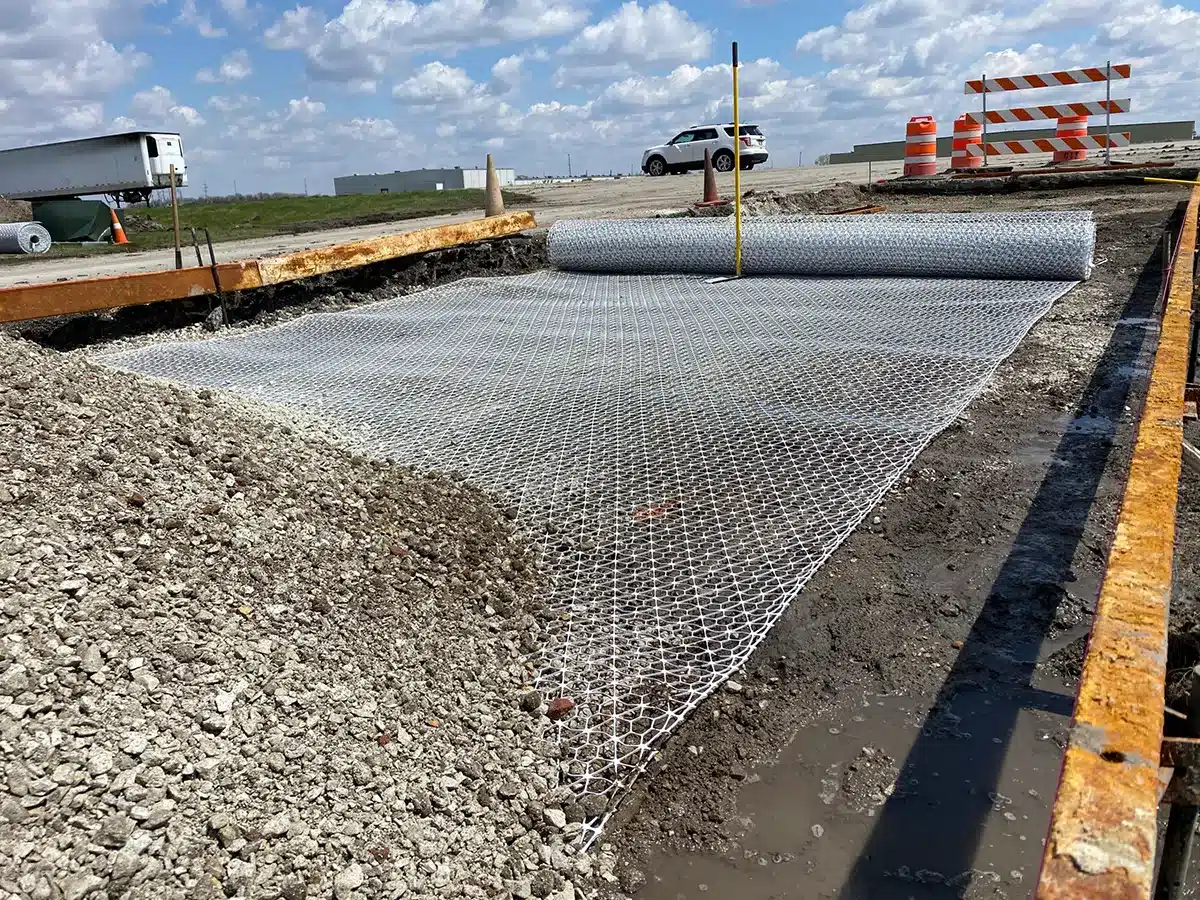
How does triaxial geogrid black polypropylene enhance patio longevity?
Triaxial geogrid black polypropylene serves as a reinforcement material for patios, offering several advantages that contribute to their longevity:
- Strength and Stability: The triaxial geogrid structure provides exceptional strength and stability to the patio surface. By distributing loads more evenly, it minimizes the risk of cracks and structural damage caused by heavy foot traffic, furniture, or vehicular movement.
- Prevention of Soil Erosion: This material helps prevent soil erosion underneath the patio. Stabilizing the soil and distributing loads effectively reduces the likelihood of subsidence or settling over time, thus maintaining the patio’s level surface.
- Improved Drainage: Triaxial geogrids facilitate better drainage by allowing water to flow through the material, preventing the buildup of water pressure that can cause damage to the patio’s foundation. Enhanced drainage helps to prolong the lifespan of the patio by reducing the risk of water-related issues such as erosion and frost heave.
- Resistance to Environmental Factors: Black polypropylene is known for its resistance to UV radiation, chemicals, and biological degradation. As a result, patios reinforced with triaxial geogrid black polypropylene are better equipped to withstand exposure to sunlight, moisture, and other environmental factors, thereby extending their lifespan.
In summary, the use of triaxial geogrid black polypropylene enhances patio longevity by providing increased strength, stability, erosion prevention, improved drainage, and resistance to environmental factors.
Can triaxial geogrid black polypropylene be used for all types of patios?
Triaxial geogrid black polypropylene is highly versatile and can be used in most patio applications, but its suitability depends on soil conditions, load requirements, and drainage needs:
- Gravel, paver, and flagstone patios – Ideal for these installations, as the geogrid stabilizes the base, prevents shifting, and distributes loads evenly.
- High-load areas – For patios that may support vehicles or heavy equipment, confirm that the chosen geogrid has the necessary load rating to handle the stress.
- Clay or poorly draining soils – In these conditions, pairing the geogrid with a geotextile fabric or a proper drainage system is recommended to prevent water buildup and soil displacement.
- Flood-prone zones – A geogrid with an integrated geotextile backing works best, as it provides both reinforcement and filtration to reduce erosion.
In practice, triaxial geogrid black polypropylene can be used in nearly all patio projects, but tailoring the installation to the site’s unique soil and drainage conditions ensures optimal performance and longevity.
In conclusion, triaxial geogrid black polypropylene offers a modern solution for creating durable and stable patio paver bases. By understanding its benefits and requirements, homeowners and builders can significantly enhance the longevity and appearance of their patio installations. Whether dealing with heavy traffic areas or seeking an even, aesthetically pleasing outdoor space, incorporating triaxial geogrid into your patio foundation can provide a noticeable difference in durability and stability.
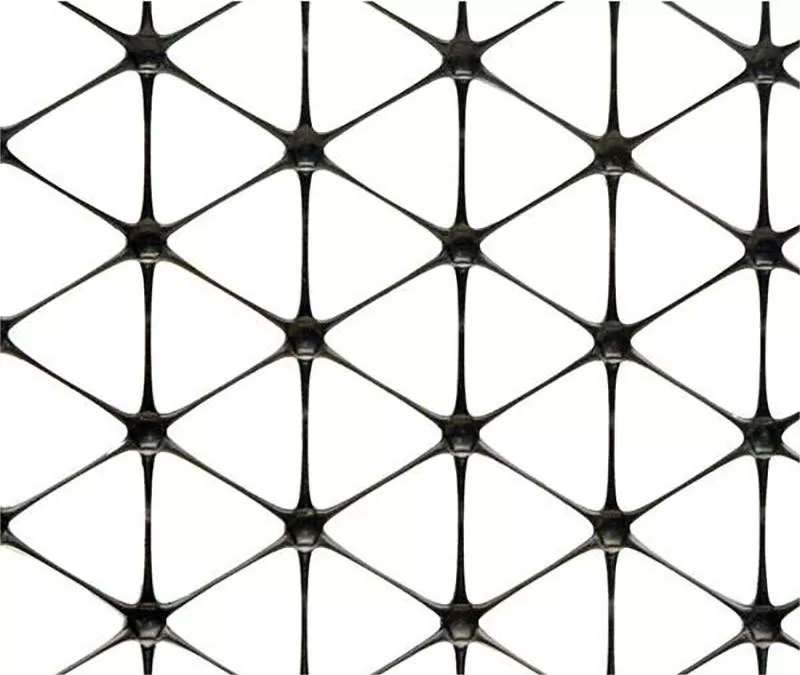
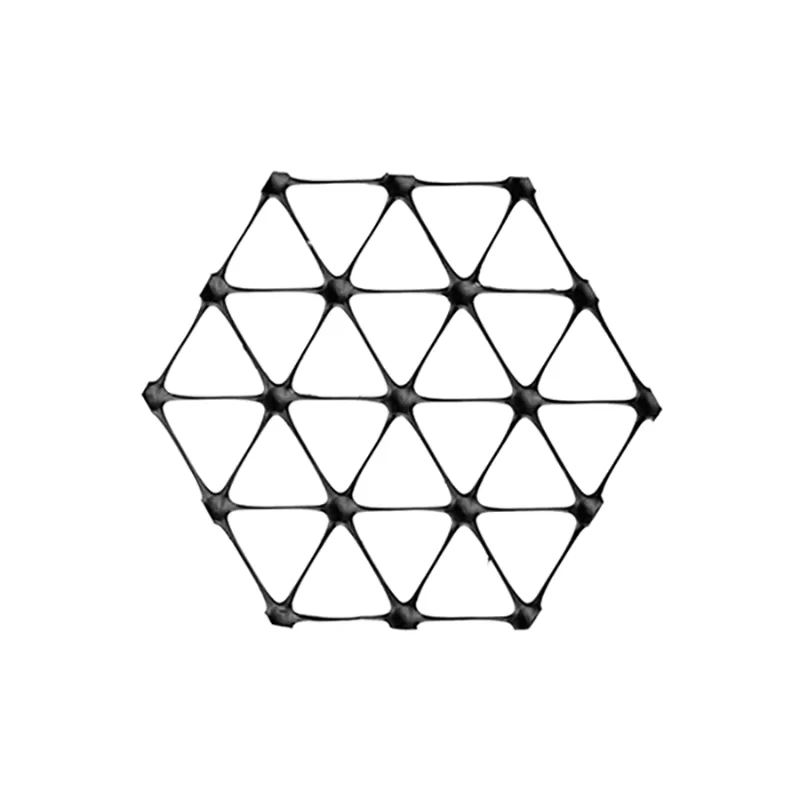

Get Free Sample
We’ll respond as soon as possible(within 12 hours)

